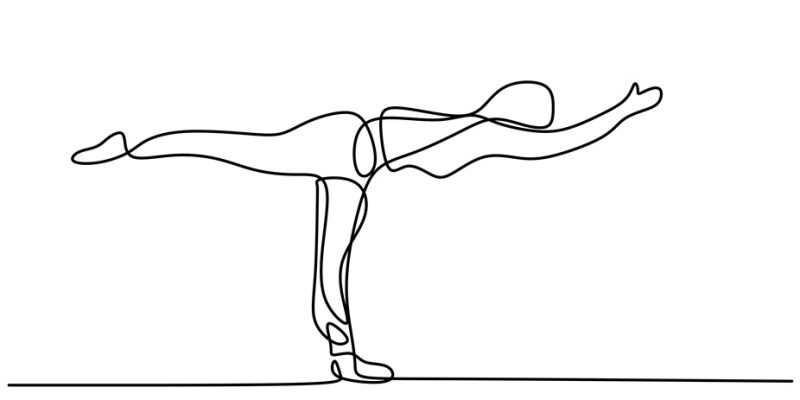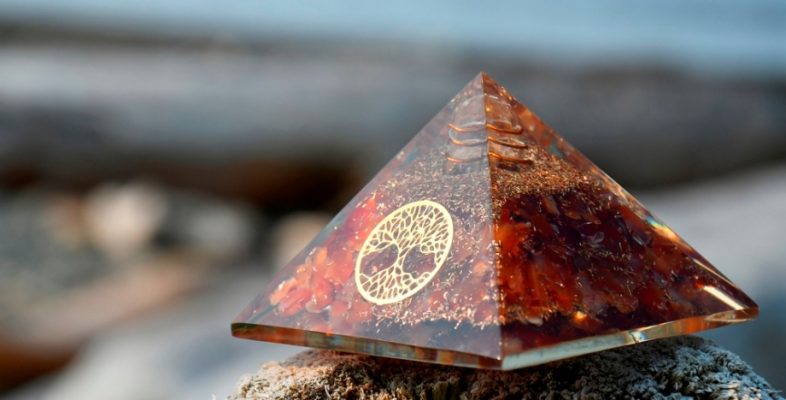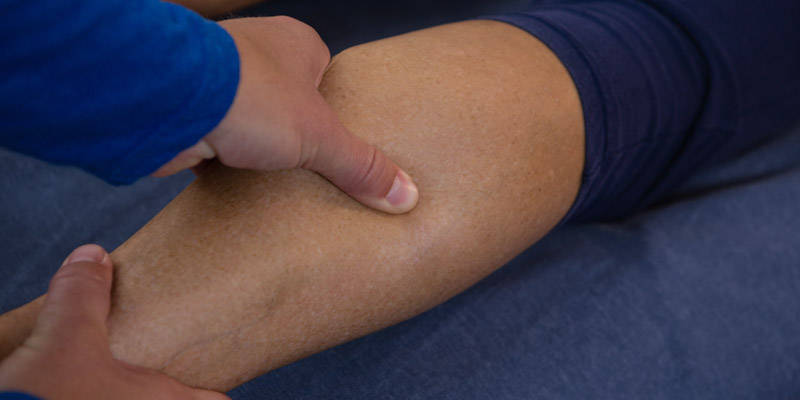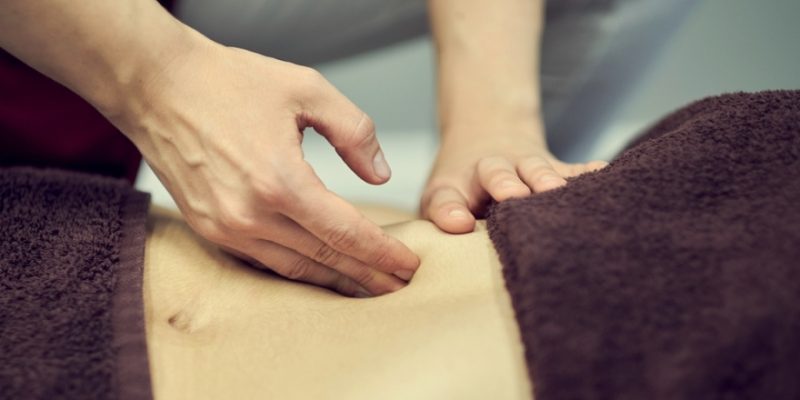
We’ve recently published a book about De-Armouring, and in this article I’ll try to give a clear definition of what De-Armouring actually is (also written as Dearmouring, or in American English Dearmoring or De-Armoring).
However, please keep in mind that Armouring and De-Armouring are fairly complex topics, and basically you cannot easily explain the concepts in just one simple phrase, but I’ll do my best to keep it as succinct as possible.

Now, before we talk about De-Armouring we first need to look at what Armouring is. So, Armouring can happen as a result of our emotional resistance to deeply distressing and traumatic physical and/or emotional experiences in our lives. This resistance to a certain experience occurs because that particular experience (or the same experience happening over a longer period in one’s life) triggers fear, pain, disgust, stress, anxiety, confusion, and/or unwanted feelings and memories coming up.
As a reaction, this emotional resistance may create a “false character” through repression and/or suppression, which expresses itself as a structural emotional defense mechanism accompanied with particular psychological and character traits that are not authentic to that person, known as a Character Armour. This may express itself as someone who’s avoiding eye contact, always smiles, is dominant or submissive, petulant or stubborn, depressed, or tending to social withdrawal, avoiding sexual excitement, to just name a few possible phenomenal characteristics.

At the same time, it’s thought that this Character Armour also creates persistent physical resistance, which is known as Muscular Armouring, Body Armouring, or Somatic Armouring. That is, the emotional resistance reflects itself in the body (which can be in any given body part, depending on one’s inclination and on the type of experience) in the form of structural physical tensions, body tissue contractions and constrictions, or by contrast numbness or disconnectedness.
Because these persistent bodily reactions (one’s Body Armour) are the result and reflection of a physical and/or emotional flight, fight, or freeze reaction of a person under stress, the person then stays in an enduring feeling of being distressed, and subsequently shows additional “emotional issues” in their daily lives.
These physical “distortions” then create a whole range of new health issues that can express themselves as restricted blood circulation and energy flow, inhibited breathing, muscular and joint pains, insensitivity, the inability to fully relax, enjoy life and one’s sexuality, internal organ restrictions and (partial) organ dysfunction, a feeling that “something in some way is always wrong,” and so on. That again gets its own drive and again can cause emotional issues keeping people in a vicious circle.

Furthermore, important to understand is that apart from one’s Character Armour, which forms an inauthentic psychological self, the Body Armour (through its unnaturally “blocking state”) additionally inhibits (and even hides) our capacity to emotionally express ourselves in an adequate way. As it is, we also need our body being able to accompany the natural and authentic expression of our emotions.
To heal emotionally, sexually and physically, a person may work on multiple fronts, which may include Psychotherapy (Talk Therapy), dance and movement, simulations, roleplay, breathwork, massage, and bodywork, among other therapies or exercises, in order to dissolve both the person’s Character Armour and Body Armour. Now, the therapeutic work that involves dissolving the bodily tensions and inhibitions is known as Body De-Armouring, although it’s often synonymously called Somatic De-Armouring or Emotional De-Armouring.
All by all, I hope to have clarified the basic concepts behind Armouring and De-Armouring. I admit that the above is just an introduction, but if you want to learn more about De-Armouring you may follow the links in the aforementioned description, read the related articles here further below, or just simply buy our De-Armoring eBook 🙂


















